How old is basketball
Where Basketball was Invented: The History of Basketball
Where Basketball Originated
It was the winter of 1891-1892. Inside a gymnasium at Springfield College (then known as the International YMCA Training School), located in Springfield, Mass., was a group of restless college students. The young men had to be there; they were required to participate in indoor activities to burn off the energy that had been building up since their football season ended. The gymnasium class offered them activities such as marching, calisthenics, and apparatus work, but these were pale substitutes for the more exciting games of football and lacrosse they played in warmer seasons.
James Naismith, The Person Who Invented Basketball
The instructor of this class was James Naismith, a 31-year-old graduate student. After graduating from Presbyterian College in Montreal with a theology degree, Naismith embraced his love of athletics and headed to Springfield to study physical education—at that time, a relatively new and unknown academic discipline—under Luther Halsey Gulick, superintendent of physical education at the College and today renowned as the father of physical education and recreation in the United States.![]()
As Naismith, a second-year graduate student who had been named to the teaching faculty, looked at his class, his mind flashed to the summer session of 1891, when Gulick introduced a new course in the psychology of play. In class discussions, Gulick had stressed the need for a new indoor game, one “that would be interesting, easy to learn, and easy to play in the winter and by artificial light.” No one in the class had followed up on Gulick’s challenge to invent such a game. But now, faced with the end of the fall sports season and students dreading the mandatory and dull required gymnasium work, Naismith had a new motivation.
Two instructors had already tried and failed to devise activities that would interest the young men. The faculty had met to discuss what was becoming a persistent problem with the class’s unbridled energy and disinterest in required work.
During the meeting, Naismith later wrote that he had expressed his opinion that “the trouble is not with the men, but with the system that we are using.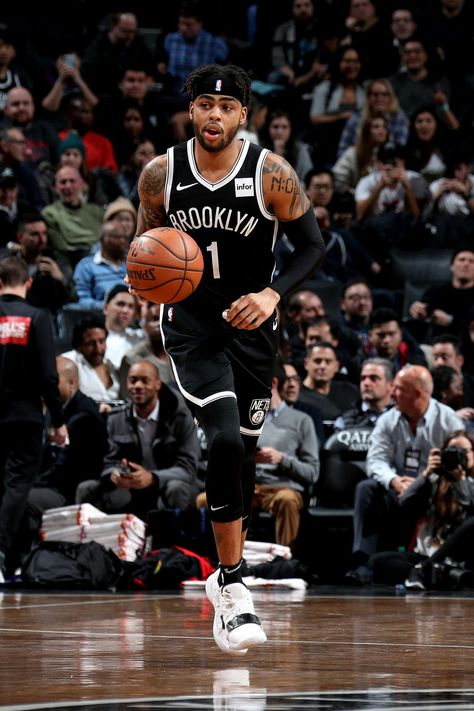 ” He felt that the kind of work needed to motivate and inspire the young men he faced “should be of a recreative nature, something that would appeal to their play instincts.”
” He felt that the kind of work needed to motivate and inspire the young men he faced “should be of a recreative nature, something that would appeal to their play instincts.”
Before the end of the faculty meeting, Gulick placed the problem squarely in Naismith’s lap.
“Naismith,” he said. “I want you to take that class and see what you can do with it.”
So Naismith went to work. His charge was to create a game that was easy to assimilate, yet complex enough to be interesting. It had to be playable indoors or on any kind of ground, and by a large number of players all at once. It should provide plenty of exercise, yet without the roughness of football, soccer, or rugby since those would threaten bruises and broken bones if played in a confined space.
Much time and thought went into this new creation. It became an adaptation of many games of its time, including American rugby (passing), English rugby (the jump ball), lacrosse (use of a goal), soccer (the shape and size of the ball), and something called duck on a rock, a game Naismith had played with his childhood friends in Bennie’s Corners, Ontario.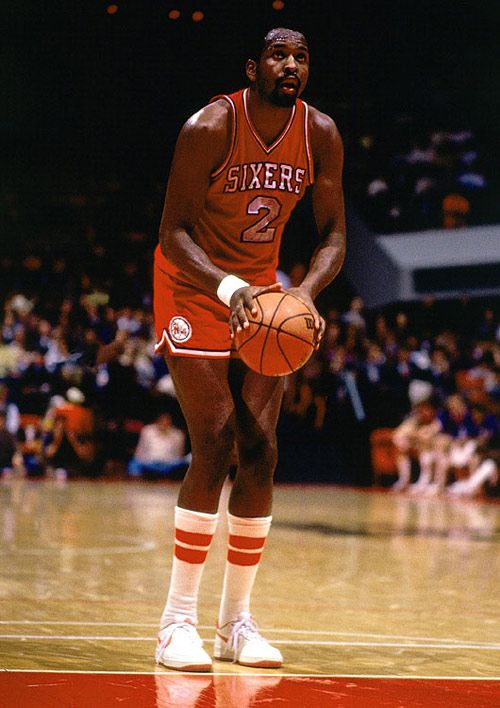 Duck on a rock used a ball and a goal that could not be rushed. The goal could not be slammed through, thus necessitating “a goal with a horizontal opening high enough so that the ball would have to be tossed into it, rather than being thrown.”
Duck on a rock used a ball and a goal that could not be rushed. The goal could not be slammed through, thus necessitating “a goal with a horizontal opening high enough so that the ball would have to be tossed into it, rather than being thrown.”
Naismith approached the school janitor, hoping he could find two, 18-inch square boxes to use as goals. The janitor came back with two peach baskets instead. Naismith then nailed them to the lower rail of the gymnasium balcony, one at each end. The height of that lower balcony rail happened to be ten feet. A man was stationed at each end of the balcony to pick the ball from the basket and put it back into play. It wasn’t until a few years later that the bottoms of those peach baskets were cut to let the ball fall loose.
Naismith then drew up the 13 original rules, which described, among other facets, the method of moving the ball and what constituted a foul. A referee was appointed. The game would be divided into two, 15-minute halves with a five-minute resting period in between.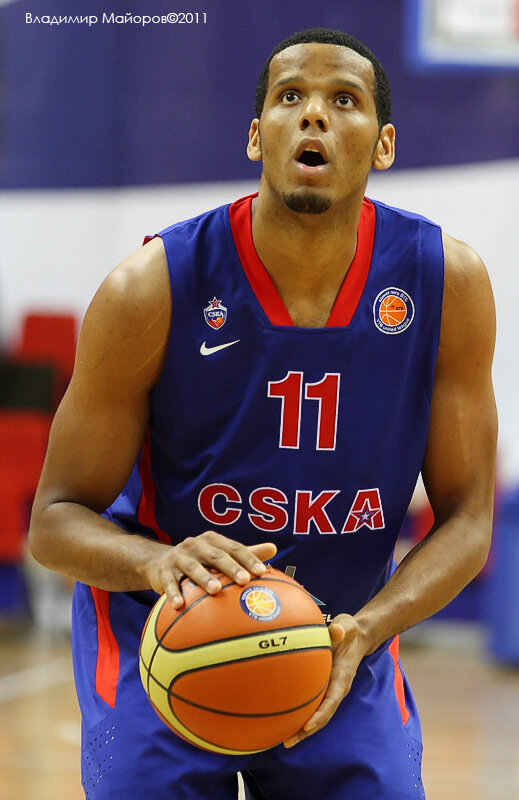 Naismith’s secretary typed up the rules and tacked them on the bulletin board. A short time later, the gym class met, and the teams were chosen with three centers, three forwards, and three guards per side. Two of the centers met at mid-court, Naismith tossed the ball, and the game of “basket ball” was born.
Naismith’s secretary typed up the rules and tacked them on the bulletin board. A short time later, the gym class met, and the teams were chosen with three centers, three forwards, and three guards per side. Two of the centers met at mid-court, Naismith tossed the ball, and the game of “basket ball” was born.
Here's the history of basketball—from peach baskets in Springfield to global phenomenon
James Naismith, a Canadian American physical educator and innovator, invented the game of basketball in Springfield, Massachusetts in 1891 to keep his students active during the winter. The game was an immediate success and the original American sport spread instantly to other colleges and YMCAs. Naismith is pictured here with his wife Maude Evelyn Sherman Naismith.
Photograph via Agefotostock / Alamy Stock Photo
Please be respectful of copyright. Unauthorized use is prohibited.
The nets used by athletes to dunk the ball and score points in the beloved game of basketball evolved from peaches, or rather the baskets used to collect peaches.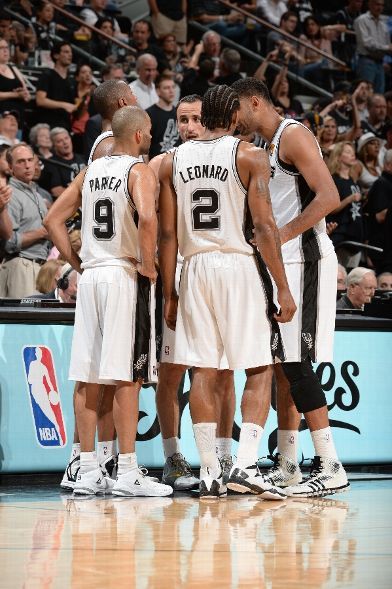
That’s what a young athletic director ultimately used on a cold day back in 1891 for a new game he created to keep his students engaged.
James Naismith was a 31-year old graduate student teaching physical education at the International YMCA Training School, now known as Springfield College, in Springfield, Massachusetts when students were forced to stay indoors for days due to a New England storm. The usual winter athletic activities were marching, calisthenics, and apparatus work but they weren’t nearly as thrilling as football or lacrosse which were played during the warmer seasons.
James Naismith, the creator of basketball, stands with the 1899 University of Kansas basketball team.
Photography via Florida Historical 1A / Alamy Stock Photo
Please be respectful of copyright. Unauthorized use is prohibited.
Naismith wanted to create a game that would be simple to understand but complex enough to be interesting. The game had to be playable indoors, and it had to accommodate several players at once. The game also needed to provide plenty of exercise for the students, yet without the physicality of football, soccer, or rugby since those would threaten more severe injuries if played in a confined space. (See 100 years of football in pictures.)
The game also needed to provide plenty of exercise for the students, yet without the physicality of football, soccer, or rugby since those would threaten more severe injuries if played in a confined space. (See 100 years of football in pictures.)
Naismith approached the school janitor, hoping he could find two square boxes to use for goals. When the janitor came back from his search, he had two peach baskets instead. Naismith nailed the peach baskets to the lower rail of the gymnasium balcony, one on each side. The height of that lower balcony rail happened to be 10 feet. The students would play on teams to try to get the ball into their team’s basket. A person was stationed at each end of the balcony to retrieve the ball from the basket and put it back into play.
The first game ever played between students was a complete brawl.
Two boys stand on the first basketball court in the gymnasium of the School for Christian Workers, Springfield, Massachusetts, 1900s.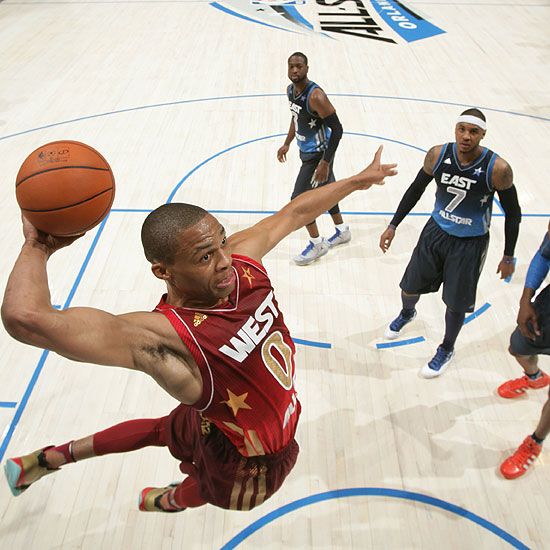
Photograph via. Hulton Archive/Getty Images
Please be respectful of copyright. Unauthorized use is prohibited.
“The boys began tackling, kicking and punching in the crunches, they ended up in a free for all in the middle of the gym floor before I could pull them apart,” Naismith said during a January 1939 radio program on WOR in New York City called We the People, his only known recording. “One boy was knocked out. Several of them had black eyes and one had a dislocated shoulder.” Naismith said. “After that first match, I was afraid they'd kill each other, but they kept nagging me to let them play again so I made up some more rules.”
The humble beginnings of the only professional sport to originate in the United States laid the foundation for today’s multi-billion-dollar business. The current National Collegiate Athletic Association (NCAA) March Madness college basketball tournament includes the best 68 of more than 1,000 college teams, stadiums that seat tens of thousands of spectators and lucrative television contracts.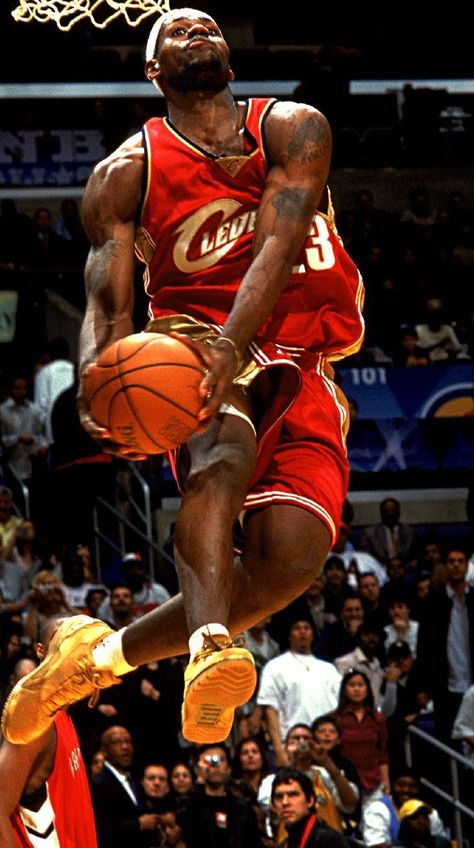
Details of the original 1891 copy of the rules of "Basket Ball" are presented at Sotheby's auction house December 3, 2010 in New York City. The two-page document sold for $4.3 million.
Photograph by Chris Hondros, Getty Images
Please be respectful of copyright. Unauthorized use is prohibited.
Original rules of the game
Naismith didn’t create all of the rules at once, but continued to modify them into what are now known as the original 13 rules. Some are still part of the modern game today. Naismith’s original rules of the game sold at auction in 2010 for $4.3 million.
In the original rules: The ball could be thrown in any direction with one or both hands, never a fist. A player could not run with the ball but had to throw it from the spot where it was caught. Players were not allowed to push, trip or strike their opponents. The first infringement was considered a foul. A second foul would disqualify a player until the next goal was made. But if there was evidence that a player intended to injure an opponent, the player would be disqualified for the whole game.
But if there was evidence that a player intended to injure an opponent, the player would be disqualified for the whole game.
Umpires served as judges for the game, made note of fouls and had the power to disqualify players. They decided when the ball was in bounds, to which side it belonged, and managed the time. Umpires decided when a goal had been made and kept track of the goals.
If a team made three consecutive fouls, the opposing team would be allowed a goal.
A goal was made when the ball was thrown or batted from the grounds into the basket and stayed there. If the ball rested on the edges, and the opponent moved the basket, it would count as a goal. When the ball went out of bounds, it was thrown into the field of play by the person first touching it. The person throwing the ball was allowed five seconds; if he held it longer, the ball would go to the opponent. In case of a dispute, an umpire would throw the ball straight into the field. If any side persisted in delaying the game, the umpire would call a foul on that side.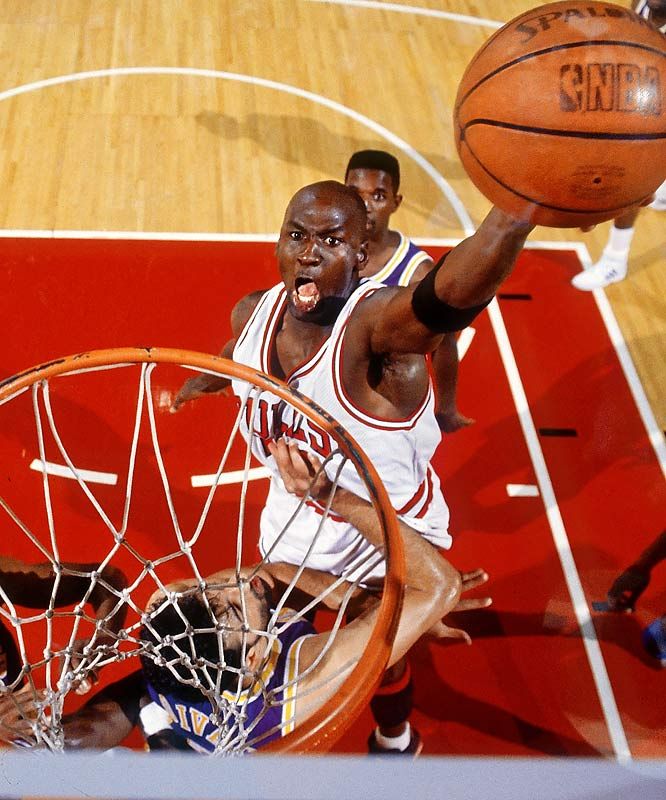
The length of a game was two 15-minute halves, with five minutes' rest between. The team making the most goals within the allotted time was declared the winner. If a game was tied, it could be continued until another goal was made.
Please be respectful of copyright. Unauthorized use is prohibited.
Please be respectful of copyright. Unauthorized use is prohibited.
Left: University of Kansas women's basketball team members Marcella Morewitz, left, and Grace Endicott get expert coaching from Dr. James Naismith, a member of the university's faculty and inventor of basketball, in 1926.
Photograph by George Rinhart, Corbis/Getty Images
Right: Olivia Nelson-Ododa (#20) of the University of Connecticut Huskies goes up for a basket against Digna Strautmane (#45) of the Syracuse Orange during the second round of the 2021 NCAA Women’s Basketball Tournament at the Alamodome on March 23, 2021 in San Antonio, Texas. UCONN won the game and advanced to the Sweet 16. The Huskies have won more NCAA championships than any other women's basketball team in the nation. They cut down the nets, an honor for the winning team, in 1995, 2000, 2002, 2003, 2004, 2009, 2010, 2013, 2014, 2015, 2016.
UCONN won the game and advanced to the Sweet 16. The Huskies have won more NCAA championships than any other women's basketball team in the nation. They cut down the nets, an honor for the winning team, in 1995, 2000, 2002, 2003, 2004, 2009, 2010, 2013, 2014, 2015, 2016.
Photograph by Carmen Mandato, Getty Images
First public gamesThe first public game of basketball was played in a YMCA gymnasium and was recorded by the Springfield Republican on March 12th, 1892. The instructors played against the students. Around 200 spectators attended to discover this new sport they had never heard of or seen before. In the story published by the Republican, the teachers were credited with “agility” but the student’s “science” is what led them to defeat the teachers 5-1.
Within weeks the sport’s popularity grew rapidly. Students attending other schools introduced the game at their own YMCAs. The original rules were printed in a college magazine, which was mailed to YMCAs across the country. With the colleges’ well-represented international student body the sport also was introduced to many foreign nations. High schools began to introduce the new game, and by 1905, basketball was officially recognized as a permanent winter sport.
With the colleges’ well-represented international student body the sport also was introduced to many foreign nations. High schools began to introduce the new game, and by 1905, basketball was officially recognized as a permanent winter sport.
The first intercollegiate basketball game between two schools is disputed, according to the NCAA. In 1893, two school newspaper articles were published chronicling separate recordings of collegiate basketball games facing an opposing college team.
In 1892, less than a year after Naismith created the sport, Smith College gymnastics instructor Senda Berenson, introduced the game to women’s athletics. The first recorded intercollegiate game between women took place between Stanford University and University of California at Berkeley in 1896.
With the sport’s growth in popularity, it gained notice from the International Olympic Committee and was introduced at the 1904 Olympic Games in St. Louis as a demonstration event. It wasn’t until 1936 that basketball was recognized as a medal event.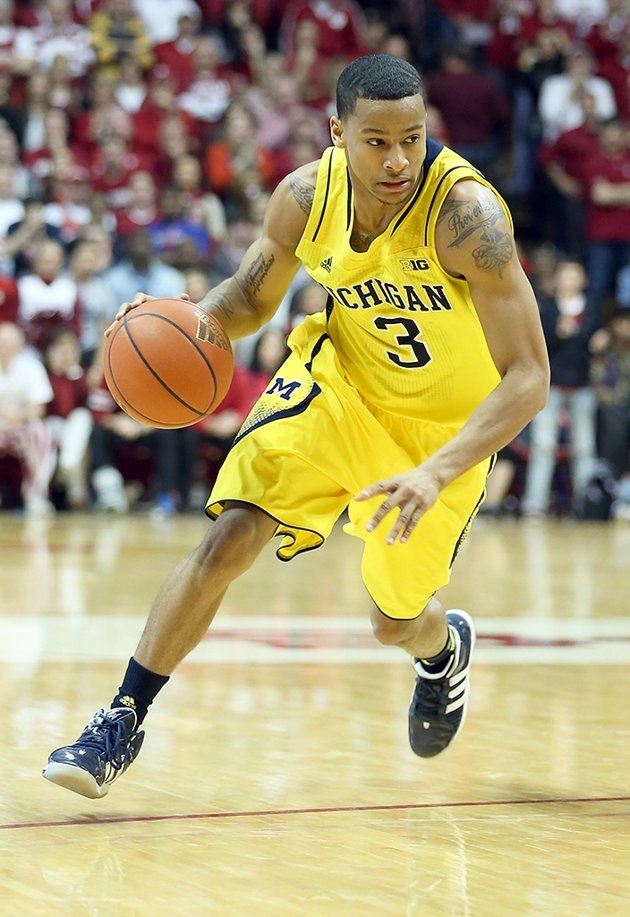 Women’s basketball wasn’t included as an Olympic medal event until the 1976 Montreal games. (Wheelchair basketball in Cambodia changed these women's lives.)
Women’s basketball wasn’t included as an Olympic medal event until the 1976 Montreal games. (Wheelchair basketball in Cambodia changed these women's lives.)
Jim Baechtold (10) of the New York Knickerbockers and Bob Brannum (18) of the Boston Celtics try to get a rebound in the first quarter of a March 16, 1954 NBA playoff game at the Boston Garden. Others in the picture are Celtics Chuck Cooper (11) center, and Bob Cousy (14) left. In 1950, Cooper was the first Black basketball player drafted by an NBA team.
Please be respectful of copyright. Unauthorized use is prohibited.
As the sport continued its rapid spread, professional leagues began to form across the United States. Basketball fans cheered on their new hometown teams. The first professional league was the National Basketball League (NBL) formed in 1898, comprised of six teams in the northeast. The league only lasted about five years. After it dissolved in 1904, the league would be reintroduced 33 years later in 1937 with an entirely new support system, with Goodyear, Firestone, and General Electric corporations as the league owners, and 13 teams.
While professional sports leagues gained nationwide attention, college basketball was also a major fixture. The first NCAA tournament, which included eight teams, was held in 1939 at Northwestern University. The first collegiate basketball national champion was the University of Oregon. The team defeated Ohio State University.
Please be respectful of copyright. Unauthorized use is prohibited.
Please be respectful of copyright. Unauthorized use is prohibited.
Left: Villagers watch a basketball game at Yangping Village in Yuncheng, Shanxi Province, China on July 12, 2020.
Photograph by Shi Yunping, VCG / Getty Images
Right: Oklahoma City Thunder player Steven Adams (12) rebounds in a game against the Portland Trail Blazers at Chesapeake Energy Arena in Oklahoma City, Oklahoma, on April 21, 2019.
Photograph by Greg Nelson, Sports Illustrated / Getty Images
Like most of the United States in the early to mid 1900s, basketball was segregated. The sport wouldn’t be integrated until 1950 when Chuck Cooper was drafted by the Boston Celtics. Prior to Cooper being drafted there were groups of black teams across the country, commonly known as “the black fives”, which referred to the five starting players on a basketball team. All-black teams were often referred to as colored quints or Negro cagers. The teams flourished in New York City, Washington, D.C., Pittsburgh, Philadelphia, Chicago, and in other cities with substantial African American populations. They were amateur, semi-professional, and professional.
The sport wouldn’t be integrated until 1950 when Chuck Cooper was drafted by the Boston Celtics. Prior to Cooper being drafted there were groups of black teams across the country, commonly known as “the black fives”, which referred to the five starting players on a basketball team. All-black teams were often referred to as colored quints or Negro cagers. The teams flourished in New York City, Washington, D.C., Pittsburgh, Philadelphia, Chicago, and in other cities with substantial African American populations. They were amateur, semi-professional, and professional.
Of the more than 1,000 collegiate basketball teams across all divisions of the NCAA, 68 teams play in the annual March Madness tournament. The best college teams from each conference around the country compete for a place in the Sweet 16, Elite Eight, Final Four and, ultimately, the national championship. Though basketball might not be played the same way as it was when Naismith invented it—peach baskets have been replaced with nets, metal hoops and plexiglass blackboards—its evolution proves that the game has transcended a century.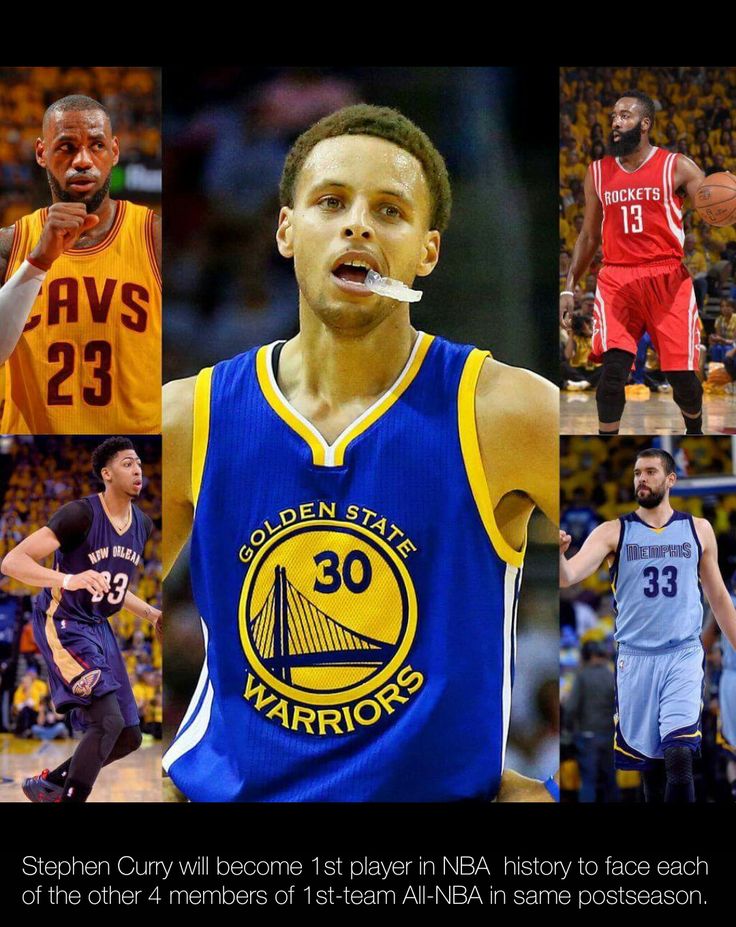
Read This Next
Subscriber Exclusive Content
Why are people so dang obsessed with Mars?
How viruses shape our world
The era of greyhound racing in the U.S. is coming to an end
See how people have imagined life on Mars through history
See how NASA’s new Mars rover will explore the red planet
Why are people so dang obsessed with Mars?
How viruses shape our world
The era of greyhound racing in the U.S. is coming to an end
See how people have imagined life on Mars through history
See how NASA’s new Mars rover will explore the red planet
Why are people so dang obsessed with Mars?
How viruses shape our world
The era of greyhound racing in the U.S. is coming to an end
See how people have imagined life on Mars through history
See how NASA’s new Mars rover will explore the red planet
See More
120 years of basketball.
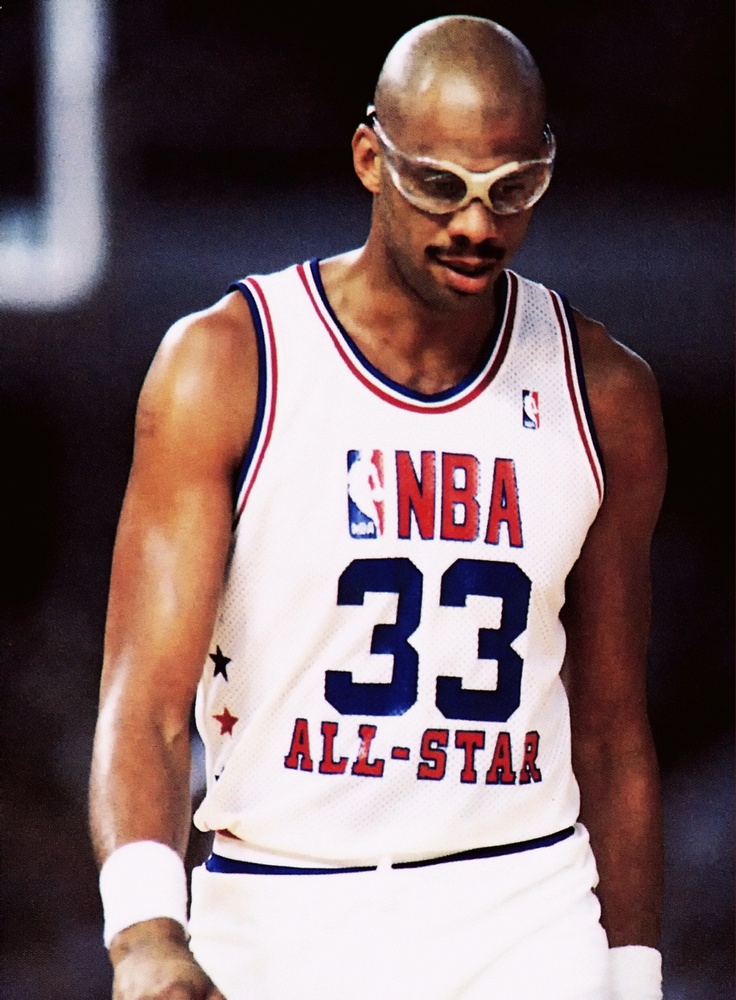
Total Recall - Basketball diaries - Blogs
Remembering the entire history of basketball is not an easy task. In the year of the birth of the beloved game, the Basketball diaries blog on Sports.ru takes up this work and remembers the founders of the game, milestones in the development of basketball, the most important records and celebrity stories. December 21, 1891 It happened in Springfield. Young teacher James Naismith decided to revive the gymnastics lesson - he attached two fruit baskets without a bottom to the railing of the balcony, into which it was necessary to throw a soccer ball.
- 18 people took part in the first match (played 9 on 9), the game ended with a score of 1-0.
1892
- On January 15, Naismith published the first rules of basketball in the school newspaper. It included 13 items. The match consisted of two halves of 15 minutes, dribbling was not allowed: it was possible to move around the court only without the ball, and having received it, the player had to stop and either pass the ball to a partner or throw it into the basket.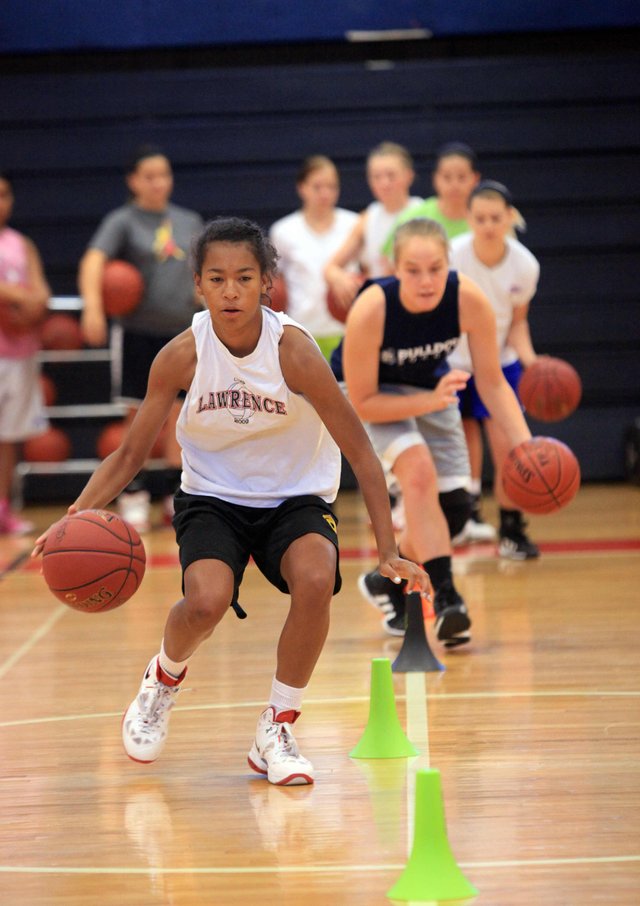 The number of players in the team was arbitrary (up to 50 in each team), but necessarily equal to the number of players in the opposing team. The player with the ball could not be attacked - it was only possible to prevent him from disposing of the ball. In case of violation of this rule, a foul was recorded, a repeated foul led to the disqualification of the violator - until the goal was scored. Three fouls in a row committed by any team were recorded as a "goal" in its basket - provided that the opponents themselves did not commit a single foul during this time. At one time, the team also had a goalkeeper guarding the basket.
The number of players in the team was arbitrary (up to 50 in each team), but necessarily equal to the number of players in the opposing team. The player with the ball could not be attacked - it was only possible to prevent him from disposing of the ball. In case of violation of this rule, a foul was recorded, a repeated foul led to the disqualification of the violator - until the goal was scored. Three fouls in a row committed by any team were recorded as a "goal" in its basket - provided that the opponents themselves did not commit a single foul during this time. At one time, the team also had a goalkeeper guarding the basket.
– The first matches under the rules just published caused the first changes – the fans on the balconies caught the flying balls and tried to throw them into the opponent's basket, so the backboards appeared, which became the protection of the basket.
1893
- Iron rings with mesh appear.
1894
- The first official rules are issued.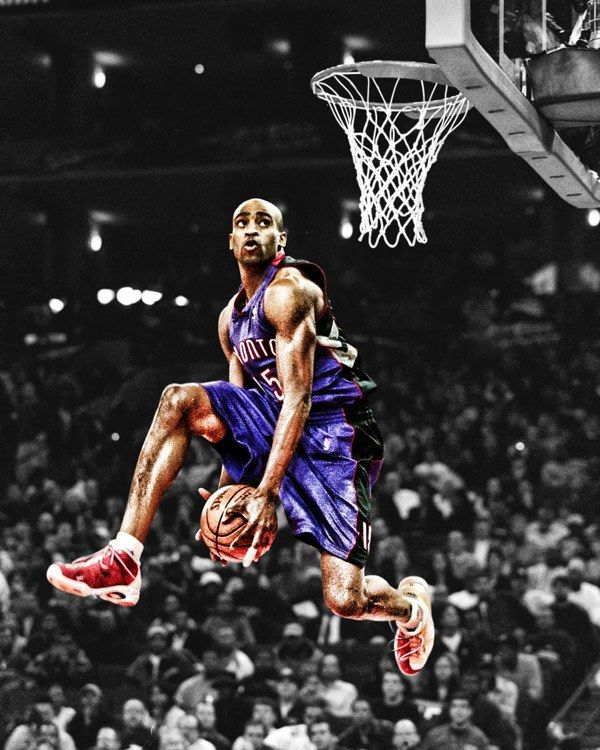 The game is becoming more and more popular and penetrates first to the East (Japan, China, Philippines), and then to Europe and South America.
The game is becoming more and more popular and penetrates first to the East (Japan, China, Philippines), and then to Europe and South America.
1895
– Introduction of the free throw. Distance – 5 m 25 cm.
1897
- The first basketball game between student teams took place. The University of Iowa beat rivals from Chicago with a score of 15:12.
1898
- Creation of the first league - NBL (National Basketball League). However, this league was not destined to exist for long - after 5 years it collapsed.
1901
- The emergence of basketball in Russia. The first mention belongs to George Duperron from St. Petersburg, a well-known Russian propagandist of physical culture and sports. He is, by the way, the founder of Russian football and the first Russian football referee.
1902
– A year later, a description of the game and its rules called the ball in the basket appears in the collection “Mobile Games”.
1904
- Team USA played the first demonstration basketball games at the Olympic Games.
1908
- A new rule is introduced - for 5 personal fouls a player is sent off the floor.
- In the spring of 1908, basketball, along with football and gymnastics, was included in the program of regularly held classes at the sports grounds of Krestovsky Island.
1910
- In February-March 1910, competitions for the Mayak Cup were held, the winner of which was the Lilac team (according to the color of the athletes' T-shirts) consisting of: Vasiliev, Vladimirov, Burykin, Nurdman, Machikhin.
1912
- The book of the famous sports figure G.A.Duperron "Football and other outdoor games of the same type" played a significant role in popularizing the game, where basketball also occupied a worthy place.
1916
- Basketball is gaining popularity in Europe - demonstration games are held, several collections concerning this game are published.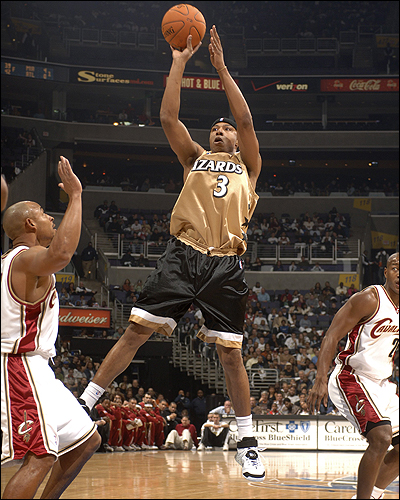
1919
- A basketball tournament was held between the army teams of the USA, France and Italy.
1920
- In 1920, the Supreme Council of Physical Education introduced basketball as an independent subject to physical education institutions: the Moscow Institute of Physical Education, the Main Military School of Physical Education for Workers, the District School of Sports Instructors and Pre-Conscripts.
1921
- On February 21-22, 1921, the first public basketball management body was created in our country - the Basketball Section of Petrograd, one of the first decisions of which was the holding of the Petrograd Championship.
1932
- On June 18, the International Federation of Basketball Associations was formed in Geneva, in Russian transliteration - FIBA The Latvians became champions, in the final they beat the Spanish team with a score of 24:18.
1936
- Men's basketball makes its Olympic debut in Berlin. Gold was taken by the US team, who defeated Canada in the final with a score of 19.:8, bronze went to Mexico.
Gold was taken by the US team, who defeated Canada in the final with a score of 19.:8, bronze went to Mexico.
1937
- Kansas, Missouri hosted the first national college basketball tournament.
- In the same year, the National Basketball League (NBL) returned to America. 12 teams participated in the first season, and in just 12 years of the league's existence, 38 teams managed to play in it.
1938
- NCAA education. The Ohio State became the champion of the newly formed league.
- For the first time the European Women's Basketball Championship was held. The first winner of the competition was the Italian team.
1940
- On February 20, the first basketball game was shown on television.
1945
- Wheelchair basketball originated in the USA. Former basketball players, during the Second World War, who received serious injuries and injuries on the battlefields, did not want to part with their favorite game and came up with "their" basketball.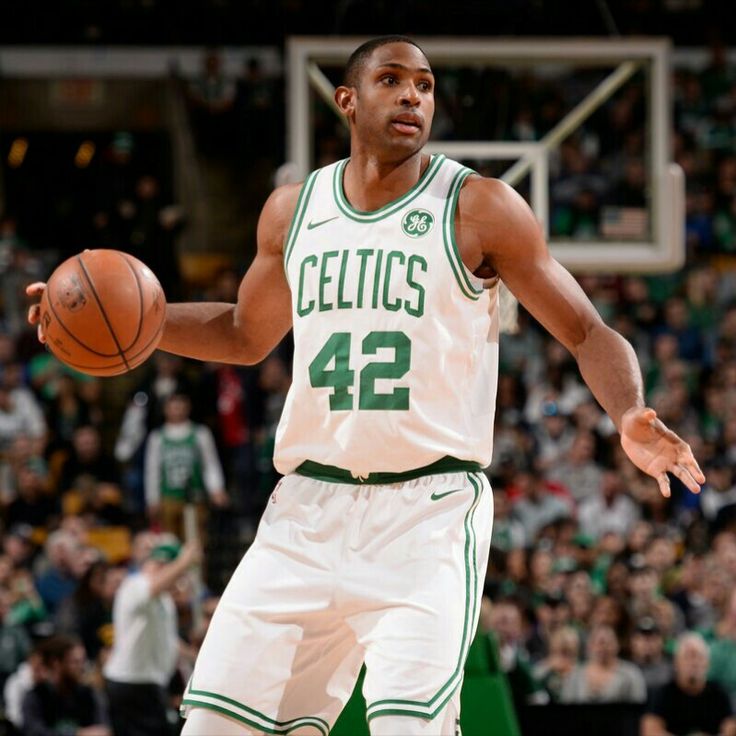
1946
- In June, prominent sportsmen met at the Commodore Hotel in New York to discuss the possibility of creating a professional basketball league. Most of them owned sports palaces and hockey clubs. As a result, 11 cities entered the league. It became known as the Basketball Association of America (BAA).
- Dick Fitzgerald (27, Toronto Huskies) became the youngest coach in league history.
1947
- There were 80 players in the first-ever BAA Draft. Of those, 10 left in the first round, with Clifton McNeely going to Pittsburgh as the first pick in the first draft.
1950
– Argentina hosted the first FIBA World Cup. The champions were the hosts, who defeated the American team in the final with a score of 64:50.
1951
- Boston hosted the first All-Star Game in league history. The East confidently beat the West with a score of 111:94, and Ed Macaulay, who scored 20 points, received the title of the best player of the meeting.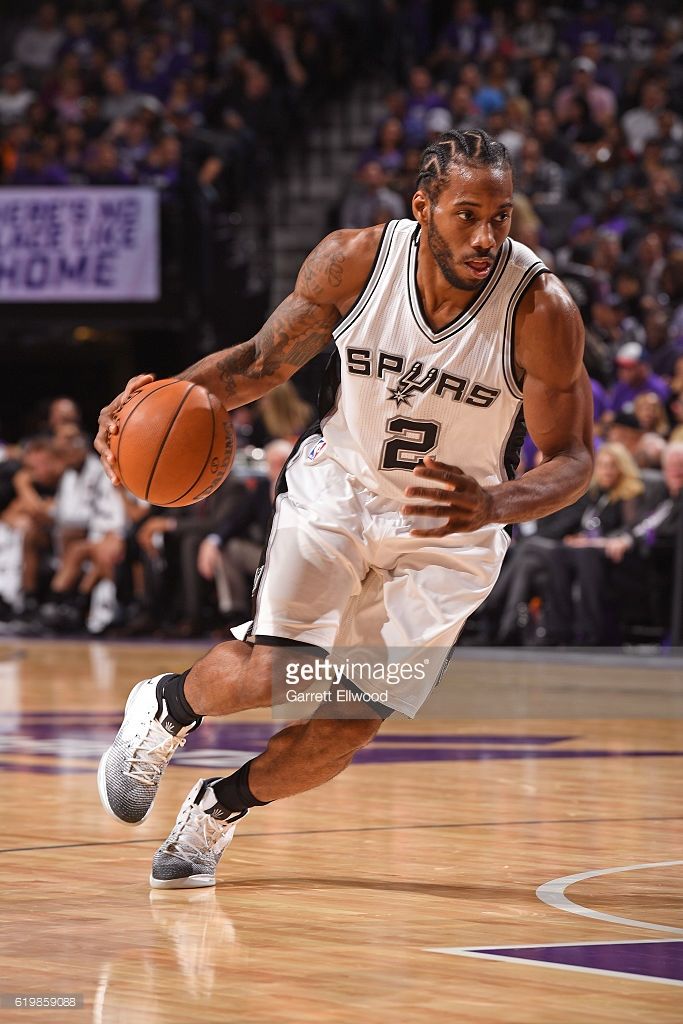
- In the regular season game between Indianapolis and Rochester, 6 extra five minutes were played, which was an NBA record.
1953
- The first Women's World Basketball Championship was held. The Americans won, having defeated the hosts of the tournament, the national team of Chile, in the main match, with a score of 49:36.
1954
- At the suggestion of Syracuse National owner Danny Biason, a 24-second attack limit was introduced. The pace of the game increased, and sniper talent began to be valued no less than growth.
- That same year, Bevo Francis of the University of Rio Grande scored 113 points in a single NCAA game. Since that moment, this bar has not submitted to anyone.
1956
- Soviet basketball player Janis Krumins, a native of Latvia, started playing basketball only at the age of 23. Two years later he became the champion of the USSR, and a year later he won the silver of the 1956 Olympics in Melbourne.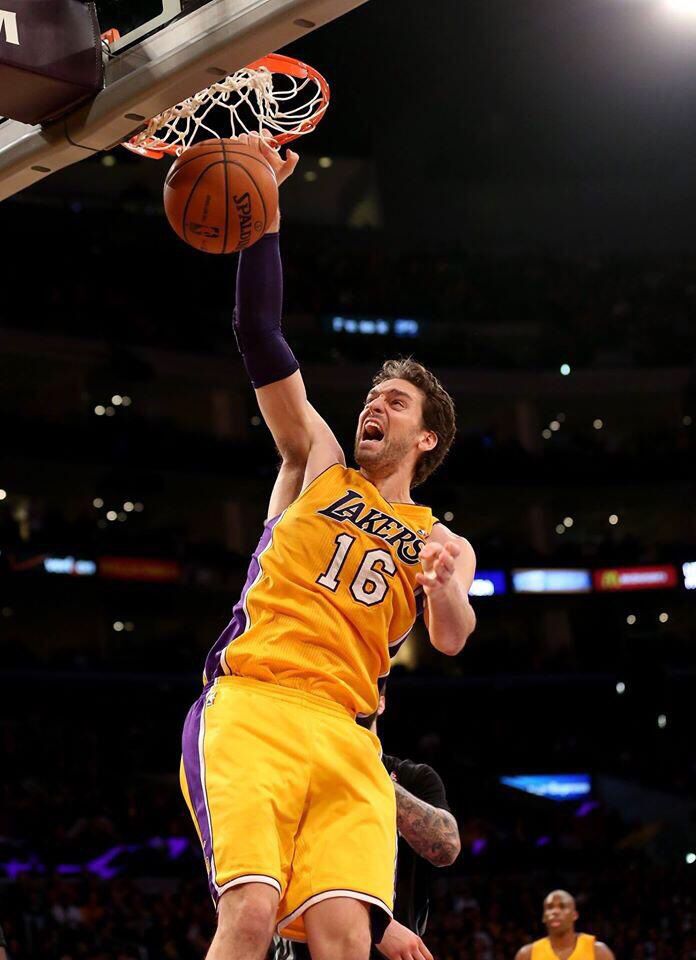
1958
- Founding of the Euroleague, the most prestigious basketball tournament in Europe, which brings together teams from 18 countries of the "Old World".
1959
– On March 21, Louisville student Oscar Robertson recorded the first triple-double in NCAA history. The 20-year-old defender scored 39points, made 17 rebounds and gave 10 assists.
- In the same year, the Naismith Basketball Hall of Fame was created. It includes players, coaches and functionaries who have contributed to the development of basketball. Interestingly, not only American professional basketball players can get there, but also Europeans, as well as amateur basketball players.
1960
- Warriors rookie Wilt Chamberlain becomes the league's best player with a fantastic 37.6 points + 27.0 rebounds average per game in the regular season.
- Nov. 24, Wilt, in his second season in the NBA, sets a career-high 55 rebounds against the Celtics double Oscar Robertson averaged 30.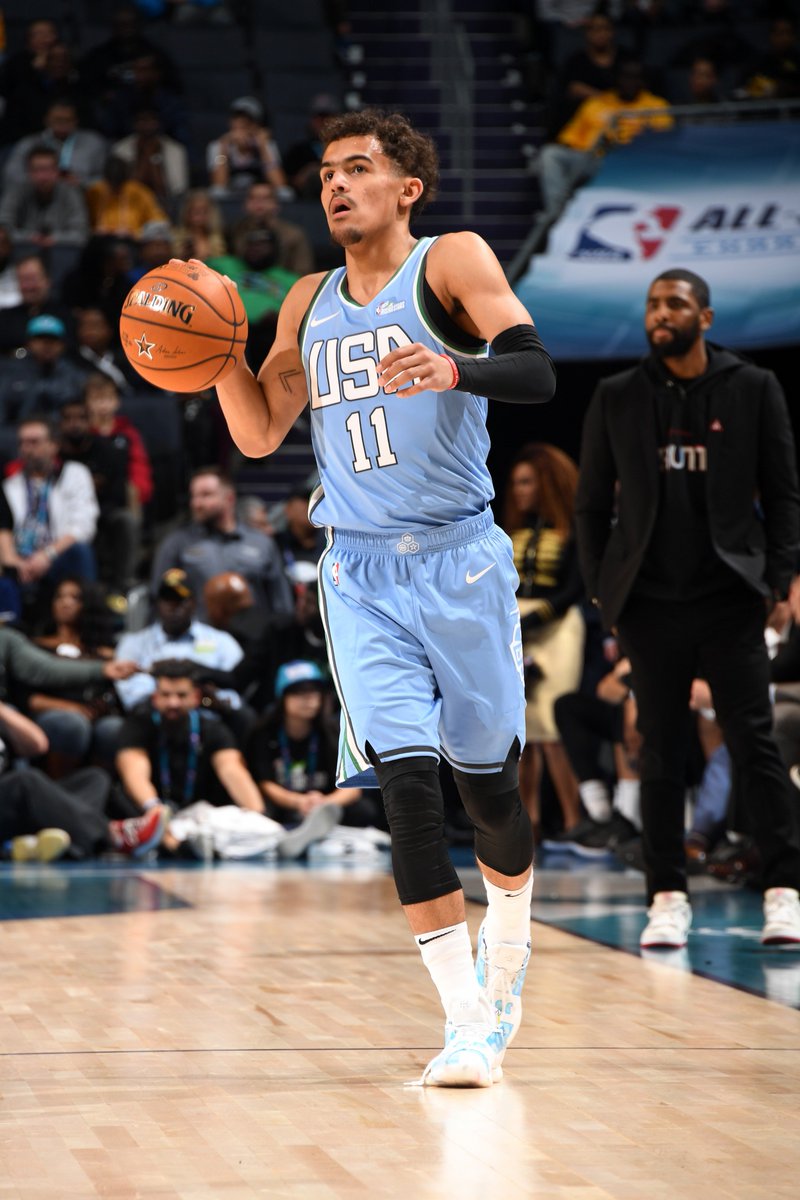 8 points, 12.5 rebounds and 11.4 assists in 1961-62.
8 points, 12.5 rebounds and 11.4 assists in 1961-62.
1962
- On March 2, the great and terrible Wilt Chamberlain scored 100 points in the regular season game (72 from the field and 28 from free throws). This is an absolute NBA record.
- Wilt ended the season with 4,029 points on a 50.4 average. Both figures are league records.
- The tallest player in the history of the game was Suleiman Ali Nashnoush, 245 cm tall. He played for the Libyan team in 1962.
1963
- The first president (commission agent) changed in the NBA. Maurice Podoloff was replaced by Walter Kennedy.
- Tom Mesheri becomes the first player with Russian citizenship to qualify for an All-Star Game.
1966
- On April 28, the Boston Celtics of Red Auerbach, who beat the Lakers 95-93 in Game 7 of the Finals, won their 8th consecutive cup (1959-1966).
1967
- Three years in a row, John Barnhille chose a new NBA team in the expansion draft - Bulls in 1966, Rockets in 1967, Sanz in 1968.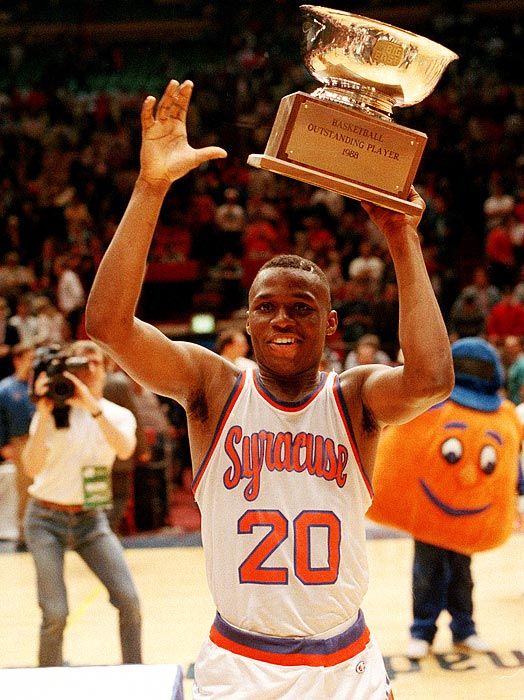
1968
- February 17 Basketball The Hall of Fame opens to the public. For the first time in no one accept new members.
- Three-point shooting challenge added to the All-Star Game.
- In Europe, the largest number of spectators (80000) came to the final match of the European Champions Cup between AEK (Athena) and Slavia (Prague) at the Athens Olympic Stadium (Greece) on April 4, 1968
1969
– Wes Unseld became the first and so far the last player to also earn a regular season MVP in his debut season. In his first season, he averaged 13.8 points and 18.2 rebounds per game.
- November 27, the Liner brothers, the tallest basketball twins in basketball history, were born. Both were 223 cm.
1971
- Players who have not graduated from the university are allowed to participate in the draft.
1972
- In the 1971-72 season, the Los Angeles Lakers won 33 games in a row.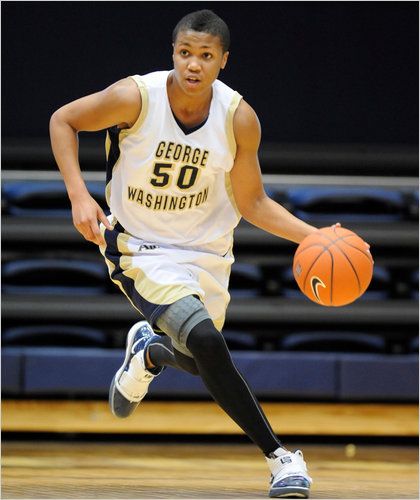
- After 7 wins in a row at the Olympic Games, the US team loses first place to the USSR. In the final, the victory of our team was brought by Alexander Belov, who scored from under the basket in the last second. 51:50!
1973
- 13-year-old Mats Vermeulen from Sweden scored all the balls in one of the matches at the international tournament, his team won with a score of 272:0.
1974
- On October 18, Nate Thurmond recorded the first quadruple-double in league history. The Chicago center had 22 points, 14 rebounds, 13 assists and 12 blocks against Atlanta.
1975
- Larry O'Brien became the third president (commissioner) of the NBA.
1976
- Women's basketball debuts at the Montreal Olympics. The USSR team beat the USA in the final and took the gold medal.
- Draft rules change again: now a player must be 18 years old to be eligible to enter the NBA.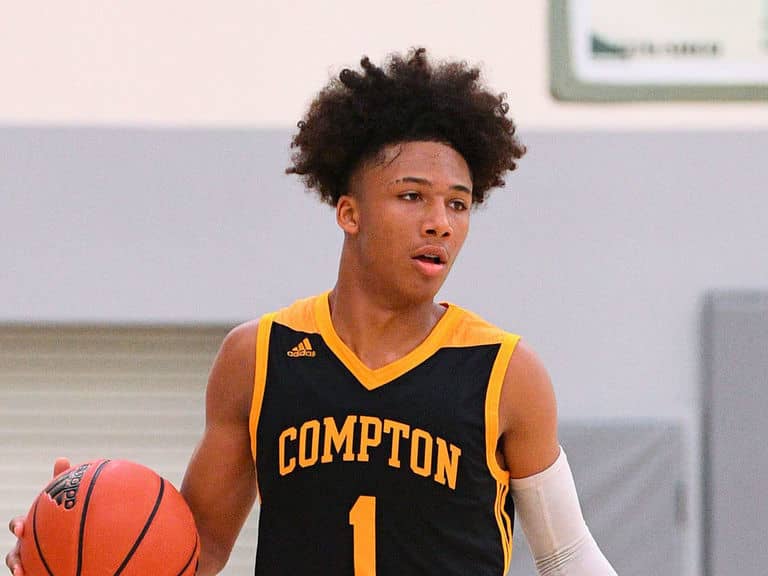 Many are no longer surprised by the fact that they go straight from school to the draft.
Many are no longer surprised by the fact that they go straight from school to the draft.
1982
- Highest score in an international match (251-33) recorded in the game between the national teams of Iraq and Yemen in New Delhi during the Asian Games in November 1982. Indiana University and recent NCAA champion Landon Turner. Although he would never have played basketball after his car crash injuries, Red Auerbach chose him over other contenders, acknowledging his contribution to the game during his collegiate career. It was a friendly gesture and a tribute to the hard work of the player.
1983
- On December 13, an NBA record for combined points scored by both teams was set. Detroit Pistons and Denver Nuggets, using 3 extra five-minutes, scored 370 points for two (186:184, victory for the Pistons)
1984
- Since 1984, a shooting contest has been introduced into the All-Star Weekend program above.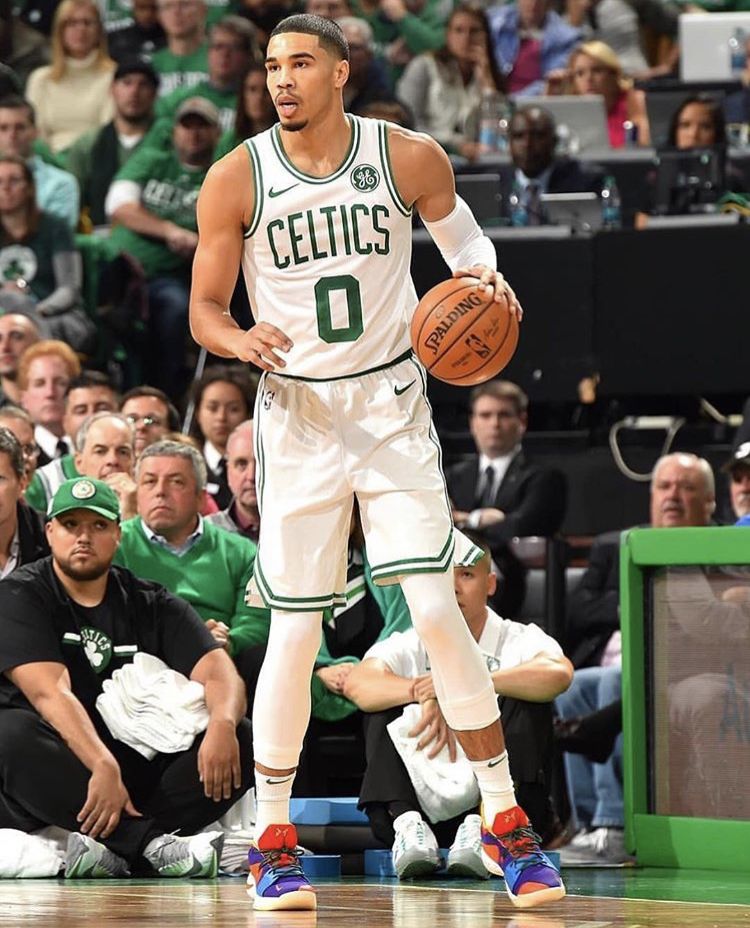 Since then, the basketball holiday has lasted more than one day.
Since then, the basketball holiday has lasted more than one day.
- David Stern, who took over as NBA commissioner at 1984, sits in his place today.
1985
- A draft lottery is introduced to fight the tricks of outsiders. Previously, a club that was doing poorly could deliberately lose the remaining matches in order to be last in the table, but to get the right to choose first. Since 1985, the order has been set by the computer.
- Longest distance shot and basket hit from 28.17m by Bruce Morris for Marshall University against Appalachian University 8 Feb 1985
1986
– June 19, Len Byas, 2nd overall pick in the 1986 draft by the Boston Celtics, dies of drugs. This is one of the biggest tragedies in basketball, as many have said, because Byas has been compared to Jordan more than once in his time.
1989
- Only 2 rounds left in the draft. That is, the number of players who get into the league has decreased, while the competition has increased.:no_upscale()/cdn.vox-cdn.com/uploads/chorus_asset/file/13128999/KELDON_JOHNSON_MBB2018_01_CW_600x900.jpg)
- Sarunas Marciulionis became the first Soviet basketball player to sign a contract with the NBA team.
1992
- On January 12, Troy University scored 258 points in a single NCAA game.
- On May 11, a non-American was inducted into the NBA Hall of Fame for the first time. They became the Soviet basketball player Sergei Belov.
1993
- Bruce Crevier twirled 18 basketballs at the ABC TV studio in New York (USA).
- On July 7, at the age of 28, New Jersey defenseman and one of Europe's brightest players of the time, Drazen Petrovic, died in a car accident. In 2002, he was named to the NBA Hall of Fame.
1994
- A rookie match was held for the first time in All-Star weekend history. Orlando's Penny Hardaway, who scored 22 points, became the MVP of this game, despite the fact that his team was defeated with a score of 68:74.
- The first basketball simulation was NBA Live 95, which featured 7 players from the 1994 NBA Finals between the Rockets and the Knicks on the cover.
1995
- First lockout in NBA history. It only lasted 3 months during the off-season (July 1 to September 12) so no games were cancelled.
1996
- WNBA (Women's National Basketball Association) founded on April 24th
- Second NBA lockout lasted only 3 hours.
- On October 29, NBA Commissioner David Stern released a list of the 50 Greatest Players in NBA History. It is noteworthy that the list included Shaquille O'Neal, for whom the 1996/97 season was only the fifth in his career.
- The Chicago Bulls, led by Michael Jordan and Phil Jackson, won 72 regular season wins in 82 games.
- The 2 youngest players to play on the NBA court are Jermaine O'Neal (18 years and 53 days) and Kobe Bryant (18 years and 63 days). The first debuted on December 5, the second debuted a month earlier.
1997
- The oldest player to play in an NBA game is Robert Parish. On March 19, when he stepped onto the floor, he was 43 years and 231 days old.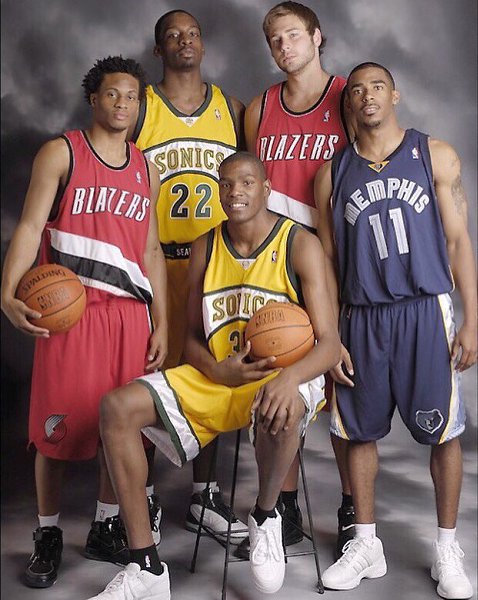
- Ashrita Ferman led a basketball game 155.41 km for 24 hours at the Victory Field Track (Forest Park, Queens, NY, USA) May 17-18 1997
1998
- Many sports journalists, analysts, coaches and even athletes marked the year 1998 as the end of an era, the era of Michael Jordan. Chicago won another championship, Jordan gone, Pippen gone, Phil Jackson gone, NBA ratings plummeted... It took the parties 6 months and 20 days to come to an agreement. For the first time the season was shortened - instead of 82 games, each team played only 50 meetings. The championship began on February 2.
2000
- The highest overhand throw was made on April 1, 2000 by Michael "Wild Fing" Wilson (USA) of the Harlem Globetrotters, who threw a standard size basketball into a 365 cm basket. The record was repeated in 2001 during the Lithuanian All-Star Game. Lithuanian Rytas player Robertas Javtokas, who was drafted by the San Antonio Spurs the same year, was also able to score from above into the 365 cm hoop. 0005
0005
2001
- Joseph Gibby (USA) made the longest overhand throw from the line. He successfully hit a basketball by jumping from a line 5.79 meters from the backboard on January 21, 2001 at Van Nuys Airport (USA).
- Elena Baranova became the first Russian basketball player to take the floor in a WNBA match.
2002
- The first woman to score a top throw was Lisa Leslie of the Los Angeles Sparks. On July 9, in a match against the Miami Sol, she managed to drive the ball in from above.
2003
- On June 26, the NBA Draft was held and compared to the 1984 and 1996 drafts. A lot of talented guys came to the league who quickly became leaders of their teams: LeBron James, Dwyane Wade, Chris Bosh, Carmelo Anthony and others.
2004
- At the Athens Olympics, the US team, which was called the "dream team", unexpectedly lost to the Argentines in the semifinals.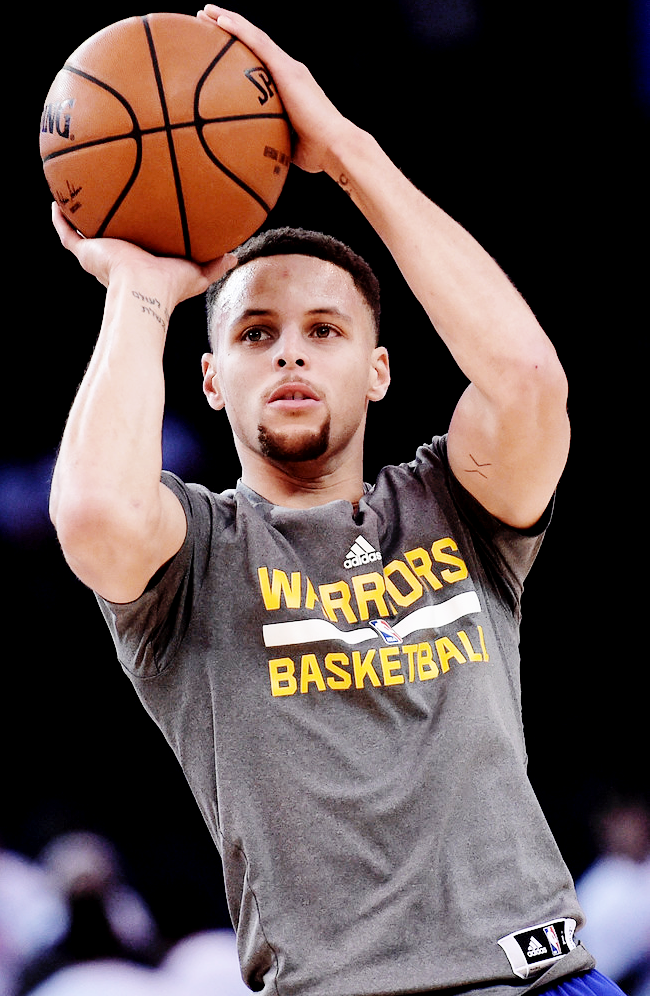 “It was a real failure,” wrote many American publications. One has only to look at the composition of the USA: Wade, James, Anthony, Boozer, Duncan, Iverson, Odom, Jefferson, Marbury, Marion, Okafor, Stoudmire.
“It was a real failure,” wrote many American publications. One has only to look at the composition of the USA: Wade, James, Anthony, Boozer, Duncan, Iverson, Odom, Jefferson, Marbury, Marion, Okafor, Stoudmire.
2005
– MBA (Youth Basketball Association) is being created in Russia.
2006
- Following the failure at the Olympics, the American team performs unsuccessfully at the world championship. Wards of Mike Krzyzewski lost everything at the same stage of the semi-final to the Greek team and took only 3rd place. 90,005 90,002 – On January 22, Kobe Bryant scored 81 points against Toronto on Jan. 22, second behind Chamberlain's 100. In the 21st century, this bar no longer obeyed anyone.
2007
- Bobby Jones in the 2007-08 season managed to play for 5 teams at once: Denver, San Antonio, Miami, Memphis and Houston.
- In 2007, the Hall of Fame of the International Basketball Federation (FIBA) was opened in the Spanish city of Alcobendas.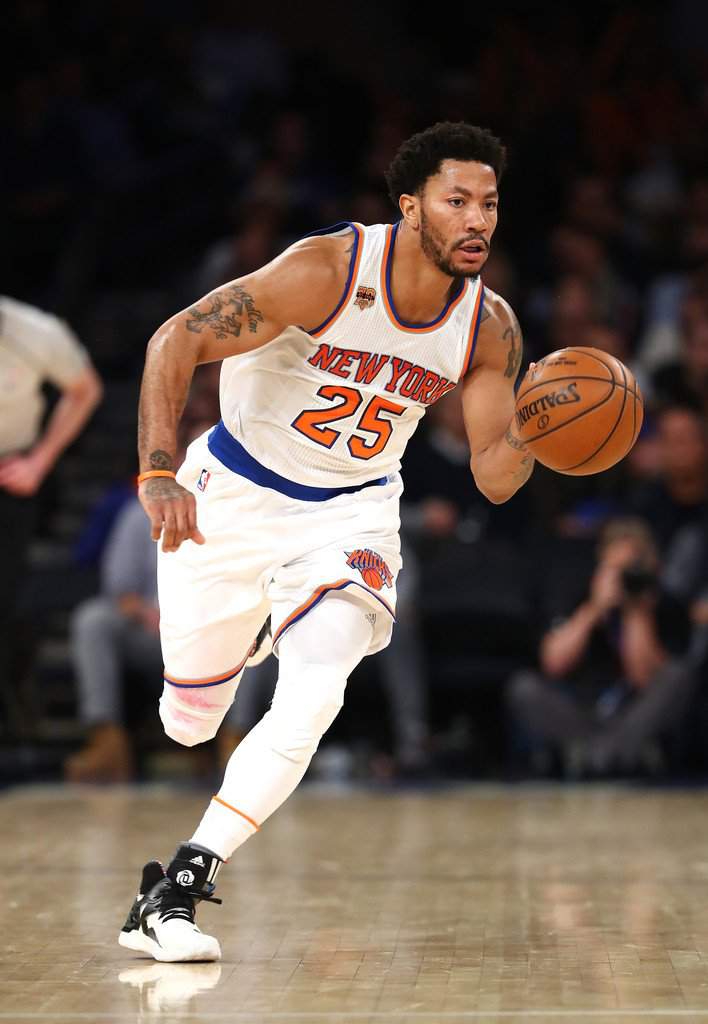 The main purpose of the Hall of Fame is to perpetuate the history of international basketball and all those who have had a significant impact on it. There are currently four categories of people in the Hall of Fame: players, coaches, referees and officials. New members are admitted every two years.
The main purpose of the Hall of Fame is to perpetuate the history of international basketball and all those who have had a significant impact on it. There are currently four categories of people in the Hall of Fame: players, coaches, referees and officials. New members are admitted every two years.
2008
- On August 24, a Boeing 737-219 Advanced crashed. Among the passengers was the youth basketball team of Kyrgyzstan, heading to Tehran for competitions. Ten team members died, seven survived. This is the only "basketball" plane crash.
- The Atlanta Dream started the season with 17 losses, the worst start to a season in WNBA history.
2009
- In 2009, Michael Jordan was inducted into the NBA Hall of Fame, considered the best player the league has ever seen.
- The biggest streetball tournament was held in Spokane, Washington, USA. From June 27 to June 29, 26656 players took part there.
2010
- The first and so far the last NBA player to be assassinated was Lorenzen Wright, who died in July 2010.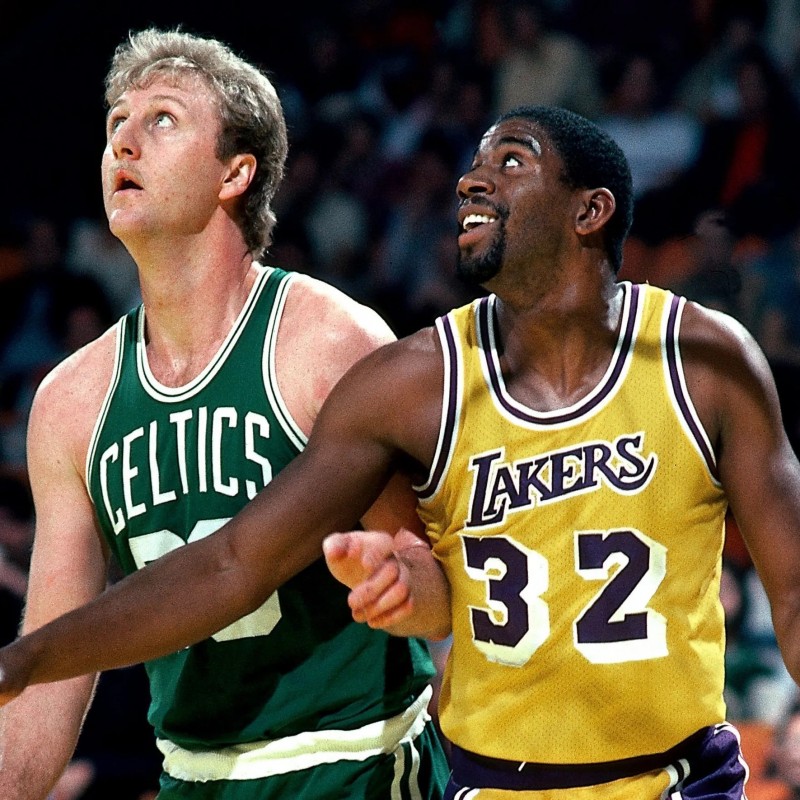 On July 18, he left his ex-wife, after which no one saw or heard from him.
On July 18, he left his ex-wife, after which no one saw or heard from him.
- The youngest NBA player to reach 1,000 games is Kobe Bryant.
- The 2010 All-Star Game drew the largest crowd in basketball history, with 108,713 in attendance. 90,005 90,002 90,003 2011 90,004 90,005 90,002 - The Cleveland Cavaliers decided to break the league record with a 26-game loss.
- The fourth shutout in NBA history came on July 1st. It lasted 149 days, the parties signed an agreement and announced that in the 66th NBA season, each team will play 66 games in the regular season.
– Fans from six Lithuanian cities got into the Guinness Book of Records thanks to the campaign organized at the opening celebration of the European Basketball Championship. 61 thousand fans filled balls in Klaipeda, Panevezys, Siauliai, Alytus, Kaunas and Vilnius.
Basketball: history, rules, inventory, playground
Basketball (from English basket - basket, ball - ball) is an Olympic sport, a sports team game with a ball, the goal of which is to throw the ball into the opponent's basket more times than the opposing team does at the set time.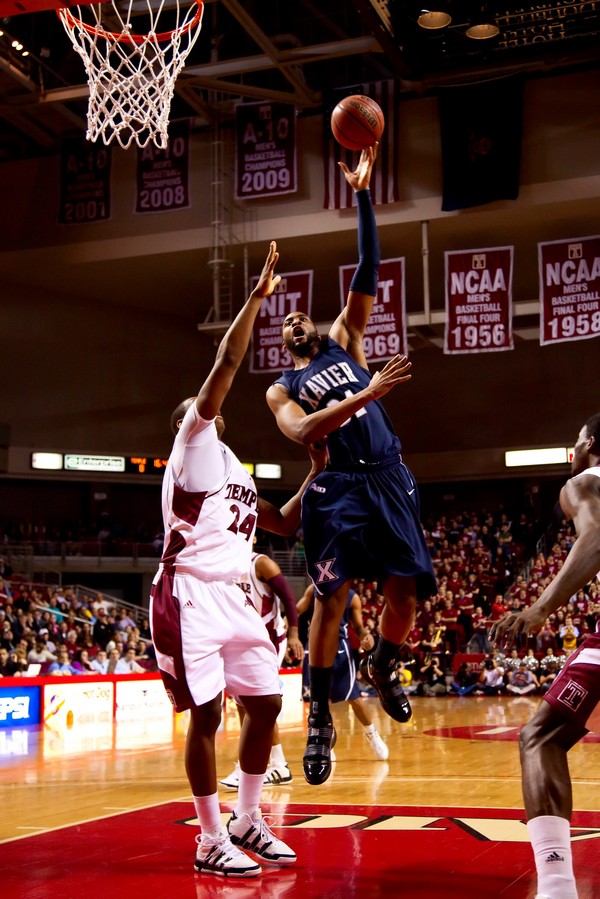 Each team consists of 5 field players.
Each team consists of 5 field players.
Contents
- The history of the emergence and development of basketball
- Basketball rules (briefly)
- Basketball field
- Basketball
- Basketball hoop and backboard dimensions
- Refereeing in basketball
- Basketball Federation
The history of the emergence and development of basketball
In 1891, in the United States of America, a young teacher, a native of Canada, Dr. James Naismith, trying to "revive" gymnastics lessons, attached two fruit baskets to the railing of the balcony and suggested throwing soccer balls into it. The resulting game only remotely resembled modern basketball. There was no question of any management, the players threw the ball to each other and then tried to throw it into the basket. The team that scored the most goals won.
A year later, Naismith developed the first rules of basketball. The very first matches under these rules caused their first changes.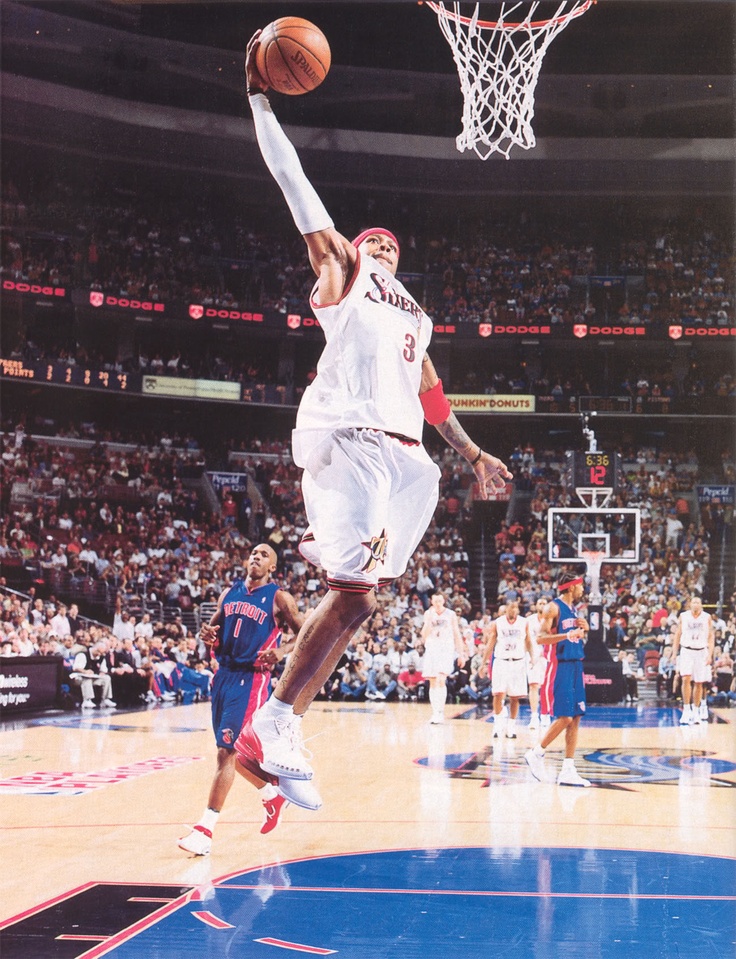
Gradually, basketball from the United States penetrated first to the East - Japan, China, the Philippines, and then to Europe and South America. After 10 years at the Olympic Games in St. Louis, the Americans organized a demonstration tour between the teams of several cities. The Basketball Association of America (BAA) was formed in 1946. The first match under her auspices took place on November 1 of the same year in Toronto between the Toronto Huskies and New York Knickerbockers. At 19In 1949, the association merged with the US National Basketball League to form the National Basketball Association (NBA). In 1967, the American Basketball Association was created, which for a long time tried to compete with the NBA, but merged with it 9 years later. Today, the NBA is one of the most influential and well-known professional basketball leagues in the world.
The International Amateur Basketball Federation was founded in 1932. The federation includes 8 countries: Argentina, Greece, Italy, Latvia, Portugal, Romania. Sweden, Czechoslovakia. Based on the name, it was assumed that the organization would only lead amateur basketball, however, at 1989, professional basketball players received admission to international competitions, and the word "amateur" was removed from the name.
Sweden, Czechoslovakia. Based on the name, it was assumed that the organization would only lead amateur basketball, however, at 1989, professional basketball players received admission to international competitions, and the word "amateur" was removed from the name.
The very first international match took place in 1904, and in 1936 basketball entered the program of the Summer Olympic Games.
Basketball rules (briefly)
The rules of the game of basketball changed several times until 2004, when the final version of the rules took shape, which is considered relevant to this day.
- Basketball is played by two teams. Usually a team consists of 12 people, 5 of which are field players, and the rest are considered substitutes.
- Basketball dribbling . Athletes in possession of the ball must move around the field, hitting the floor with it. Otherwise, "carrying the ball" will be counted, and this is a violation of the rules in basketball.
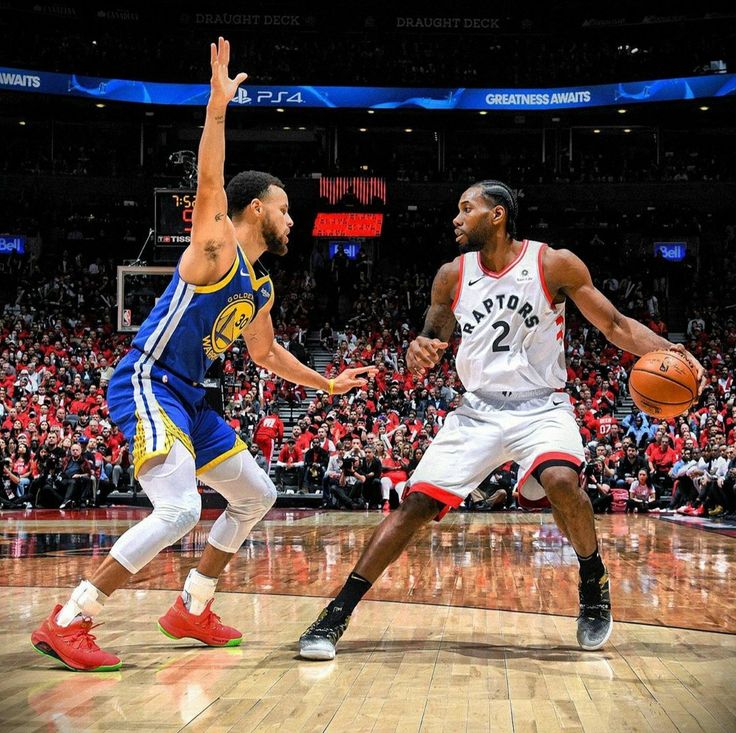 Accidentally touching the ball with a body part other than the hand is not considered a foul, unlike purposeful play with the foot or fist.
Accidentally touching the ball with a body part other than the hand is not considered a foul, unlike purposeful play with the foot or fist. - A basketball game consists of 4 periods or halves, but the time of each half (play time) varies depending on the basketball association. So, for example, in NBA a match consists of 4 halves of 12 minutes each, and in FIBA each such half lasts 10 minutes.
- Short breaks are provided between periods, and between the second and third periods, the break time is increased.
- The ball thrown into the basket can bring a different number of points to its team. If the ball is scored during the free throw, the team earns 1 point. If the ball is thrown from an average or close distance (closer than the 3-point line), then the team is given 2 points. A team earns three points if the ball is scored from behind the three-point line.
- If in regular time both teams scored the same number of points, then a 5-minute overtime is assigned, if it ended in a draw, then the next one is assigned and so on until the winner is determined.

- 3 Second Rule - A rule that prohibits any player on the offensive team from being in the free throw area for more than three seconds.
- Basketball Two Step Rule . The player is only allowed to take two steps with the ball, after which he must either shoot or pass.
Basketball field
The playing field for basketball has a rectangular shape and a hard surface. The surface of the site must not have any bends, cracks or any other deformations. The size of the basketball court must be 28 meters long and 15 meters wide (standard). The height of the ceiling must be at least 7 meters, and on professional sites, ceilings are raised to a height of 12 meters and above. The lighting on the field must be designed so as not to interfere with the movement of the players and must evenly cover the entire court.
Until the end of the 60s, tournaments could be organized outdoors. However, now basketball games are played only in closed areas.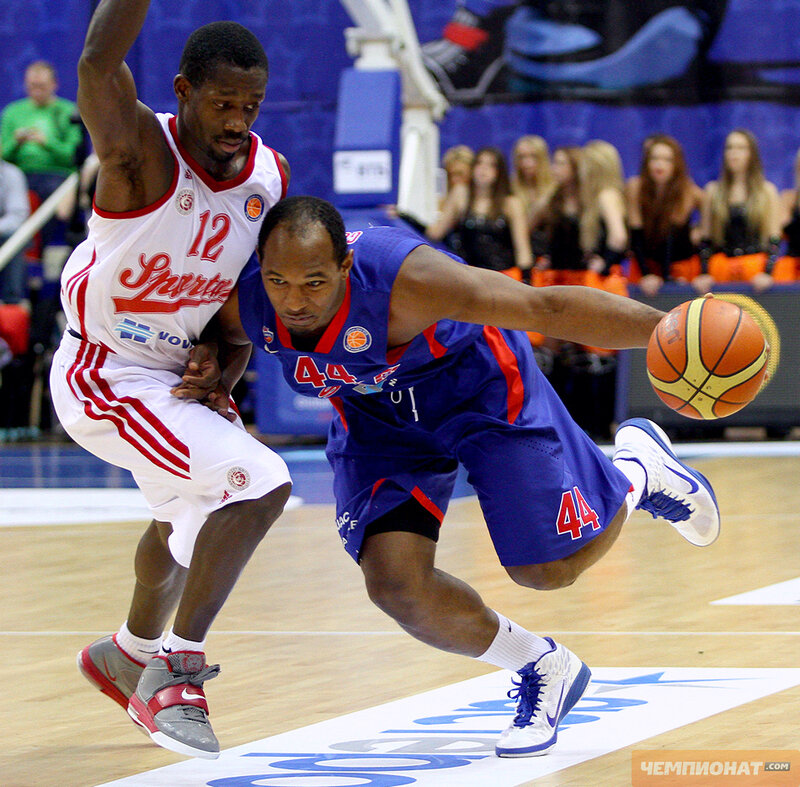
Site marking
- limit lines. Pass along the entire perimeter of the site (2 short front lines and 2 long side lines).
- Central line. It is drawn from one side line to another and at the same time it is parallel to the front lines.
- The central zone is a circle (radius 1.80 m) and is located exactly in the center of the basketball field.
- Three-point lines are semi-circles with a radius of 6.75 m, drawn to the intersection with parallel (front) lines.
- Free throw lines. The free-throw line is drawn 3.60 m long parallel to each end line so that its far edge is located at a distance of 5.80 meters from the inside edge of the end line, and its middle is on an imaginary line connecting the midpoints of both end lines.
Basketball
The basketball is spherical, painted an approved shade of orange, and has a pattern of eight inlays and black stitching.
| Basketball size | Circumference, mm | Weight, g |
| Size 7 | 750-780 | 567-650 |
| Size 6 | 720-740 | 500-540 |
| Size 5 | 690-710 | 470-500 |
| Size 3 | 560-580 | 300-330 |
Basketball hoop and backboard dimensions
The height of the basketball hoop from the floor level is 3. 05 meters (standard). The diameter of the basketball hoop ranges from 45 cm to 45.7 cm. The ring itself must be painted bright orange. A special net with a length of 40-45 cm is attached to the ring. The basketball hoop is located at a distance of 15 cm from the backboard.
05 meters (standard). The diameter of the basketball hoop ranges from 45 cm to 45.7 cm. The ring itself must be painted bright orange. A special net with a length of 40-45 cm is attached to the ring. The basketball hoop is located at a distance of 15 cm from the backboard.
The shield to which the ring is attached also has a number of important parameters. Basketball backboard size: width - 1.8 m, height - 1.05 m. Modern basketball backboards are made of tempered glass.
Refereeing in basketball
At the basketball game there are:
- senior judge and judge;
- timekeeper;
- secretary;
- assistant secretary;
- operator 30 seconds.
Judge uniform:
- gray shirt;
- long black trousers;
- black basketball shoes.
Basketball Federation
- International Basketball Federation (FR. Fédération Internationale de Basketball, FIBA).
